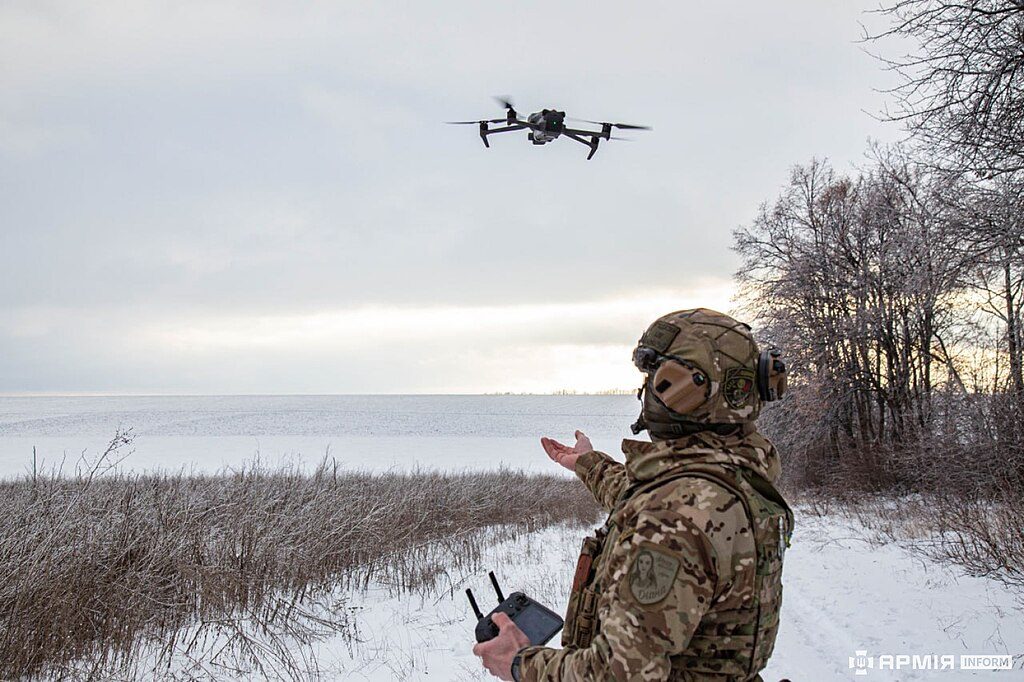

In recent months, the question of whether the U.S. Army can assume direct responsibility for designing and manufacturing small unmanned aerial systems (sUAS) has moved from concept to practical experimentation. Through new initiatives and depot-level efforts, the service is testing the boundaries of its own industrial capabilities. But significant technical, organizational, and strategic challenges remain.
The Push Toward Internal Drone Production
According to an article recently published in DefenseScoop, the Army Materiel Command has launched a pilot initiative called SkyFoundry aimed at enabling the Army to rapidly prototype, test, and produce small drones in volume. The goal is ambitious: once operational, the Army expects to be able to domestically manufacture 10,000 small UAS units per month.
In the view of Army leadership, one of SkyFoundry’s key advantages is that it offers a way to bypass slow traditional acquisition cycles. Rather than issuing industry competitions that take years, the Army hopes to bring prototypes quickly into the hands of soldiers, gather feedback, and iterate. Moreover, the program is designed not solely as a hardware factory but as a collaboration platform, working with industry partners on software, payloads, and sensors.
Legislation has already been introduced to support this ambition. The proposed SkyFoundry Act of 2025 would establish a government-run small UAS production facility at Red River Army Depot in Texas, pairing an innovation hub with a large-scale production site that could eventually produce up to one million small UAS annually.
Depot-Level Progress: Tobyhanna’s First Drone Shipment
While SkyFoundry represents a major strategic shift, the Army is not waiting for that structure to mature before testing its capabilities. According to a release published on the Army website, Tobyhanna Army Depot recently completed its first delivery of first-person view (FPV) sUAS units on August 28, 2025.
Tobyhanna’s role is not to reinvent drone systems from scratch but to integrate and assemble them using existing components. The depot draws on partnerships across the Army: Rock Island Arsenal’s Joint Manufacturing and Technology Center provides 3D-printed airframes, while Tobyhanna contributes logistics, electronics integration, and systems testing.
Leadership at Tobyhanna says this mission aligns with the depot’s long history in electronics, avionics, and systems integration. Depot officials emphasize that this first delivery is only the beginning and that future work will aim to expand internal capacity to produce motors, circuit cards, and other key drone components.
Can the Army Really Do It?
The question is as much strategic as technical: what role should the Army’s industrial base play in future drone warfare?
The combination of SkyFoundry’s innovation and Tobyhanna’s early production efforts marks a shift in mindset. The challenge will be sustaining momentum—scaling up while maintaining cost control, speed, and quality.
If successful, these initiatives could provide the Army with greater autonomy, resilience, and flexibility in how it fields unmanned systems. For now, Tobyhanna’s first shipments and the SkyFoundry pilot serve as proof-of-concept efforts. They show that the Army is serious about exploring a future in which it is not just a customer of drones, but a producer.
Read more:


Miriam McNabb is the Editor-in-Chief of DRONELIFE and CEO of JobForDrones, a professional drone services marketplace, and a fascinated observer of the emerging drone industry and the regulatory environment for drones. Miriam has penned over 3,000 articles focused on the commercial drone space and is an international speaker and recognized figure in the industry. Miriam has a degree from the University of Chicago and over 20 years of experience in high tech sales and marketing for new technologies.
For drone industry consulting or writing, Email Miriam.
TWITTER:@spaldingbarker
Subscribe to DroneLife here.

